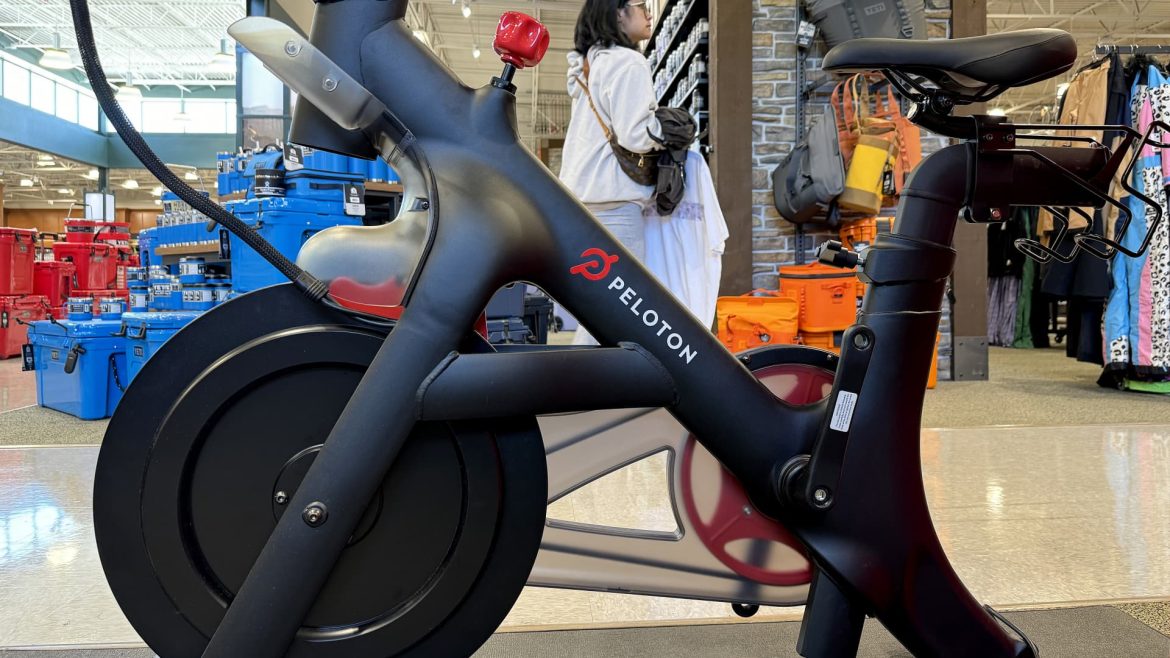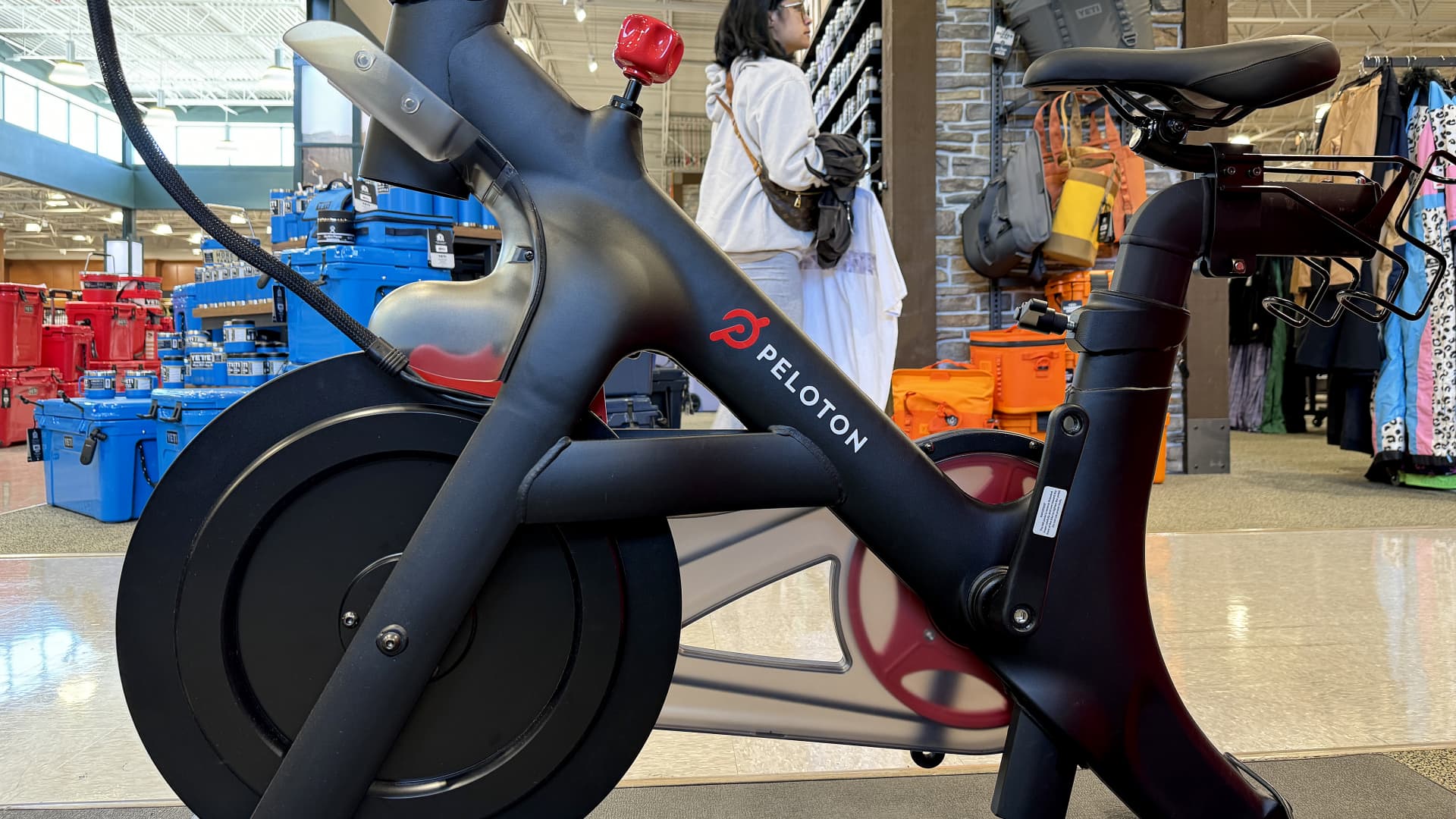Peloton’s Emergence in the Secondhand Fitness Equipment Market: A Comprehensive Analysis
The fitness industry has witnessed a significant evolution in consumer behavior, especially concerning home gym equipment like Peloton’s bikes and treadmills. Peloton, originally recognized for its high-end interactive exercise machines, is now embracing the resale market, creating a dynamic shift both for buyers and sellers of used gear. This report delves deeply into Peloton’s strategic moves, the implications for the secondary market, the consumer experience, and broader market dynamics shaping the future of pre-owned fitness equipment.
Peloton’s Strategic Entry into the Resale Market
Until recently, Peloton’s sales model focused primarily on brand-new bikes and treadmills, with restricted policies around resale, especially concerning rental equipment. However, market developments have nudged Peloton to rethink its approach. Recognizing a growing segment of customers who cannot or prefer not to buy new, Peloton has launched an official marketplace for used and refurbished bikes and treadmills.
By creating this certified pre-owned ecosystem, Peloton intends to:
– Capture value from the growing number of bikes and treadmills idling in consumer homes.
– Regain control and quality assurance over the secondary market.
– Increase its revenue through additional fees and subscription activations.
– Extend the lifecycle and accessibility of its products to a broader demographic.
This move responds to a clear market signal: a substantial portion of Peloton equipment, approximately 25% of the 4.5 million units produced since 2019 according to market sources, lies unused. Peloton’s entrance aims to tap into this latent inventory, offering product rejuvenation and replenishing its user base.
The Marketplace Mechanics: Fees, Certification, and Quality Assurance
Peloton’s marketplace initiative comes alongside controversial but strategically designed policies. When customers purchase a second-hand Peloton bike, the company imposes a $95 activation fee to start their membership on the bike, which gives access to Peloton’s digital interactive content and classes. This fee has drawn criticism from customers and market watchers, with some labeling it “egregious” or detrimental to the used bike’s value.
Peloton justifies the activation fee as a means to:
– Cover the administrative process of transferring digital access.
– Ensure the buyer receives the full “all-access” online membership benefits.
– Discourage unauthorized resale of rental bikes—bikes under Peloton Rental Agreements are not allowed to be resold and face deactivation if found on the secondary market.
Moreover, Peloton has introduced the *Peloton History Summary*—a detailed report on each bike’s maintenance and ownership history. This transparency tool empowers buyers to verify the condition and legitimacy of used units, thus safeguarding buyer confidence.
Third-Party Marketplaces and Emerging Competitors
While Peloton establishes its in-house resale channel, third-party platforms like Trade My Spin and Trade My Stuff have built thriving businesses dedicated to buying, refurbishing, and reselling used Peloton equipment. These startups occupy an important logistical niche, offering fast pickup, delivery, and warranty services, which augment convenience for sellers and buyers alike.
These services extend beyond selling equipment; some envision broader logistical solutions involving athletic gear management and circular economy frameworks.
The competition from third-party platforms maintains downward price pressure on the used equipment market, which, along with Peloton’s activation fee, could impact how attractive secondhand Pelotons remain for budget-conscious consumers.
Economic and Consumer Considerations
The affordability factor remains paramount. New Peloton bikes have experienced price hikes, with current base prices reaching around $1,745 for the Bike and nearly $2,845 for the Tread, pushing some consumers towards the resale market for more accessible options.
Secondary market buyers can save hundreds of dollars due to depreciation and prior use. Nonetheless, the added activation fee blunts some of those savings. Sellers also face the question of whether to sell independently on local marketplaces or through Peloton’s certified resale program, with the latter offering quality guarantees but potentially less favorable financial returns.
Additionally, some customers express frustration regarding Peloton’s restrictions on rental bikes’ resale, which restricts a segment of potential supply but limits fraud and quality concerns.
Brand and Market Impact
Peloton’s embrace of the resale market signals a maturing business model adapting to real-world usage and ownership patterns. It democratizes access by expanding options for “value-minded” customers who may forego the high upfront cost of new equipment.
However, consumer pushback against activation fees and resale limitations could impact brand loyalty if perceived as guarding profits at buyers’ expense. The company must balance monetization with consumer goodwill, especially as competitors in connected fitness and budget-friendly alternatives gain ground.
Conclusion: A New Era for Peloton and Used Fitness Equipment
Peloton’s formal entry into the secondary market for its bikes and treadmills marks a pivotal shift in how premium home fitness equipment is bought, sold, and experienced. By launching a certified resale program, implementing activation fees, and offering transparency tools like the Peloton History Summary, the company positions itself to capitalize on existing inventory, enhance quality control, and broaden customer reach.
The emergence of third-party platforms and consumer debates about fees and restrictions underscore the complex dynamics at play. For buyers and sellers alike, the evolving landscape presents both opportunities and challenges.
Ultimately, Peloton’s navigation of the resale space will influence not only its financial health but also the broader perception and accessibility of connected fitness technology in an increasingly circular and cost-conscious consumer market.





